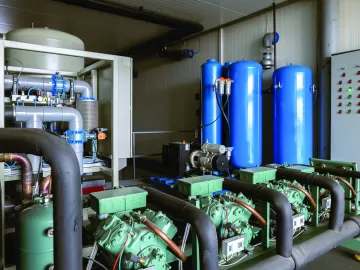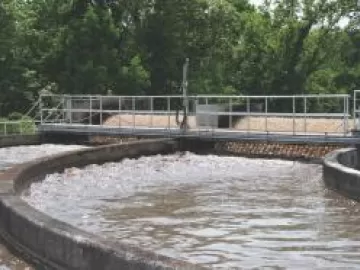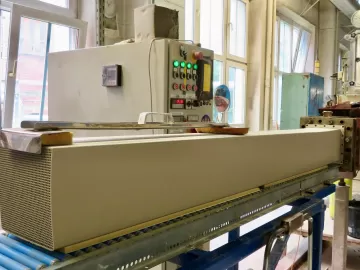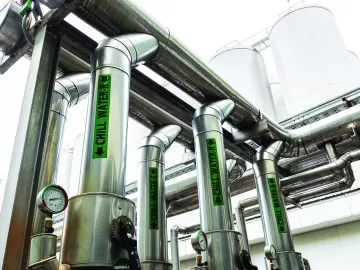Reliability: Should Compressed Air Monitoring be Combined with Control?
Many OEMs of air compressors, dryers, sensors and master controls are integrating monitoring features and capabilities into their components. It would seem a no-brainer to keep it simple and use those sensors and systems for both control and monitoring. What could be simpler?












